Ho Chi Minh Square in Dong Hoi City, the place where Uncle Ho visited Quang Binh and Vinh Linh 68 years ago - Photo: NTL
Loyalty in the Central region
Going back in history, Quang Binh and Quang Tri were destined to be together in the big family of five Quangs, including: Quang Binh, Quang Tri, Quang Nam , Quang Ngai, Quang Duc (present-day Hue City). Especially, in the two resistance wars against France and America, Quang Binh and Quang Tri had heavier and heavier obligations, deeper and deeper love...
The history of the Southern land during the time of opening up the land is marked by the famous person from Quang Binh, Le Thanh Marquis Nguyen Huu Canh (1650-1700) under the reign of Lord Minh, Nguyen Phuc Chu (1691-1725). Obeying the order of Lord Minh, Le Thanh Marquis Nguyen Huu Canh inspected Cambodia (1698), shaped Dong Nai , Saigon-Gia Dinh, recruited people from the five Quang regions to reclaim the land, and established many new villages and communes.
The reason we go back in history to 327 years (1698-2025) when Le Thanh Marquis Nguyen Huu Canh "From the time he carried a sword to open the country. The Southern sky missed Thang Long land" because the land of Ngu Quang under the Nguyen Dynasty, according to Dai Nam Nhat Thong Chi, stretched from the south of Ngang Pass to Binh De Pass (border between Quang Ngai and Binh Dinh); in which, Quang Binh, Quang Tri "sea and forest connected together" in the narrowest strip of land in the Central region.
June 16, 1957 became a major historical milestone for the army and people of Quang Binh and Vinh Linh when they welcomed Uncle Ho to visit. Uncle Ho advised: “Quang Binh and Vinh Linh are at the front line of the North, bordering the South. All good or bad deeds of you here will have a certain impact on the revolution in the South, and will affect the protection of the North. If the enemy has any reckless activities, Quang Binh and Vinh Linh must confront them first.”
During the resistance war against the US, Quang Binh and Vinh Linh were the “big house” in the rear of the North, the “big front line” of the South. The people of the two provinces united in one heart: “The rice grains are divided equally, whether full or hungry/We are still faithful, sharing the bitter and sweet joys”, determined to defeat the invading US invaders.
In Vinh Linh, the Northern soldiers, including many children from Quang Binh, who lived and fought on both banks of Hien Luong, were protected, sheltered, and loved by the Vinh Linh people. Many of the soldiers who "ate Northern rice, fought Southern invaders" at that time will forever remain along the two banks of the border. Martyr Nguyen Ba Me (Quang Phu, Dong Hoi City) is one of them.
Martyr Nguyen Ba Me enlisted in May 1965 in Company 9, Battalion 6, Regiment 270, Military Region 4, stationed in Vinh Chap commune. While crossing the Hien Luong River to participate in the battle in Ha Trung village, Gio Chau commune (Gio Linh) on June 17, 1969, he and 53 comrades heroically sacrificed their lives, their bodies blending with the tolerant land of Quang Tri.
When hearing the news that Quang Binh and Quang Tri were reunited, Nguyen Van Uoc, son of martyr Nguyen Ba Me, was moved: “In fact, wherever my father and his comrades fell, it was in this country of Vietnam. But now, every time our family comes to burn incense for our father, we no longer have to say that he came from Quang Binh, but he rests in peace right in his homeland. Our homeland is wider, larger, more tolerant, and more profound.”
Love in the border land
During the war against the US, Quang Binh and Vinh Linh suffered heavy destruction from enemy bombs and bullets. With foresight, Uncle Ho and the Party Central Committee decided to send more than 30,000 children aged 5 to 15 from Vinh Linh, Quang Binh to the North to “preserve the force and the race”, train them to become useful people, and later return to rebuild their homeland.
These two historic migrations were codenamed K8 and K10. But there was a third migration called Plan 15 (K15), which was urgently deployed by Quang Tri province right after the first liberation of Quang Tri (May 1, 1972), evacuating about 80,000 people from the war zones of Hai Lang and Trieu Phong to Quang Binh and Vinh Linh.
The land bordering Quang Binh and Quang Tri - Photo: NTL
In the wartime, with American planes bombing fiercely day and night, the people of Vinh Linh and Le Thuy carried out the slogan "4 shares" (share house, share door, share fire, share blood) with the people of Trieu Phong. Every family accepted to be brothers and took care of a family evacuated from Quang Tri. Some families even accepted two or three families of Quang Tri people. The spirit of "sharing rice and clothes" was highly promoted. The people of the two provinces protected each other, had rice to eat, had cassava and sweet potatoes to eat, determined not to let anyone go hungry, sick or ill.
Returning to Sen Binh village (Sen Thuy), we visited Mr. Nguyen Van Yen and his wife Le Thi Thiep. Mrs. Thiep was from Quang Tri and evacuated from K15. Mrs. Thiep's family was from Trieu Do commune (Trieu Phong). In May 1972, the whole family of 6 people braved the rain of bombs and bullets to go to the North. When they reached the border area, they were welcomed by the people of Sen Binh village. During her years in Sen Binh, Mrs. Le Thi Thiep met Mr. Nguyen Van Yen, a guerrilla from Chap Bac village (Vinh Chap) and became husband and wife.
In the once-funny story “a grain of rice split in two, a potato divided into four” according to K15, Mr. and Mrs. Nguyen Van Yen and Le Thi Thiep sincerely said: “Now, it is forbidden to distinguish between your hometown and my hometown anymore. Quang Binh and Quang Tri are under the same roof, how can we not be happy. The story sounds a bit like the mandarin Vinh Hoang: “Knowing that one day Quang Binh and Quang Tri will share the same sea and sky, we were the pioneers to go to Quang Binh earlier. 53 years ahead, not a little!”
The heroic epic of the Nam Thach Han Irrigation Project
The Nam Thach Han irrigation project in the west of Quang Tri town is nearly 50 years old, spanning two centuries. During our visit to the Nam Thach Han irrigation project in early May 2025, we met again with people who once built "lakes on the mountain" such as engineer Pham Phuoc, former Chairman of the People's Committee of Quang Binh province, former Deputy Head of the Command Board and Head of the Construction Engineering Department from March 1977 to January 1983; Mr. Phan Duc Doai, former Secretary of the Bo Trach District Party Committee, former Division Commander of the Bo Trach Irrigation Division; Mr. Bui Cong Thoe, former Vice Chairman of the People's Committee of Dong Hoi town, officer of the Dong Hoi Town Irrigation Division...
Mr. Pham Phuoc recalled. After the South was completely liberated and Binh Tri Thien province was established. The Party and State paid great attention to the issue of economic development, overcoming the consequences of war in the Central region, and prioritizing agricultural development to ensure food security for the people. This is the first, largest, key irrigation project of the Ministry of Irrigation and Binh Tri Thien province in the South. Construction began on March 8, 1977.
“But why did the participating forces have the names of the Irrigation Division?”, I wondered. Mr. Phan Duc Doai explained: “The Nam Thach Han construction site at that time was large-scale, completely done by hand, meaning using mainly human power with two hands and rudimentary tools. Therefore, it required a large number of human resources, the permanent number of soldiers on the construction site was up to thousands of people, at the peak time about 73,000 people, organized in a militarized form. The labor force was young men and women mobilized from the entire Binh Tri Thien province.
Each district organized into a division named after its own locality: Tuyen Hoa, Quang Trach, Bo Trach, Dong Hoi, Le Ninh, Ben Hai, Dong Ha, Trieu Hai, Huong Dien, Phu Loc, Nam Dong, Hue City... For example, the Bo Trach Irrigation Division that I was in charge of consisted of 23 companies, about 1,500 people. The means of labor were only rudimentary tools such as hoes, shovels, carrying poles, and hoe to work the land; and hammers to chisel rocks.
Even the tamping is done with wooden or cast iron tamper, small tamper used by one person, large tamper used by 2 to 4 people. Spread the soil in thin layers and tamp... like that, layer after layer. Tamp the soil to the sound of the commander's whistle. When the whistle is blown, the sound of the tamper hitting the ground resounds throughout the area.
During the 3 years (1977-1980), the Nam Thach Han irrigation project was basically completed, bringing water to irrigate 9,000 hectares of winter-spring rice and nearly 5,500 hectares of summer-autumn rice in the two districts of Trieu Phong, Hai Lang and a part of Phong Dien district. The Nam Thach Han irrigation project is the combined efforts of the people of the three provinces of Binh Tri Thien, further tightening the solidarity of Quang Binh and Quang Tri.
Ngo Thanh Long
Source: https://baoquangtri.vn/am-tinh-hai-que-quang-tri-quang-binh-194467.htm


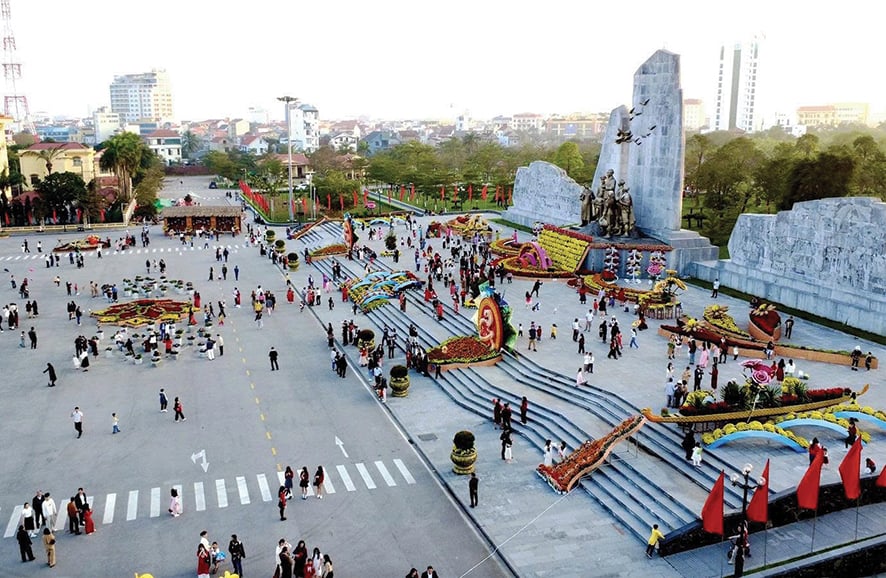
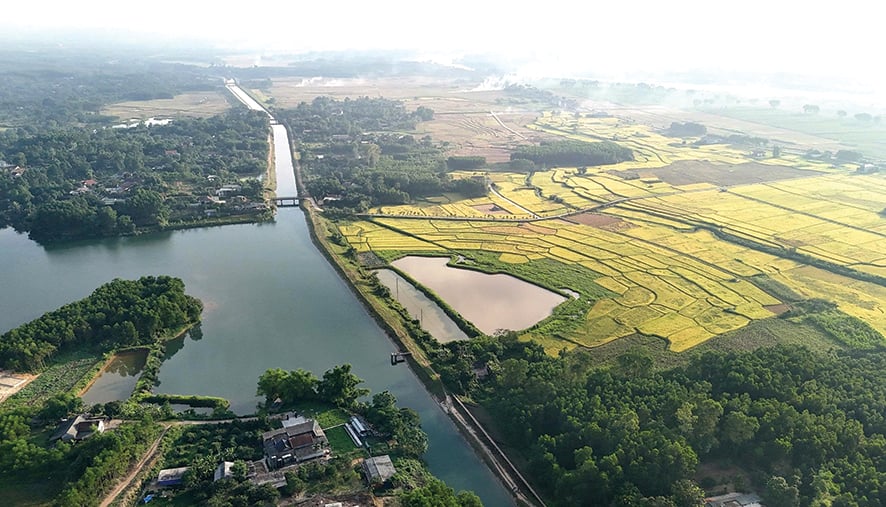





![[Photo] Da Nang: Hundreds of people join hands to clean up a vital tourist route after storm No. 13](https://vphoto.vietnam.vn/thumb/1200x675/vietnam/resource/IMAGE/2025/11/07/1762491638903_image-3-1353-jpg.webp)
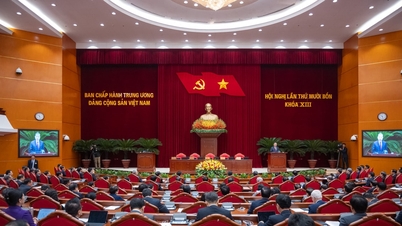

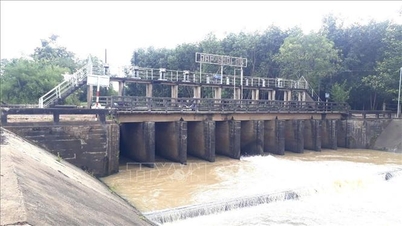

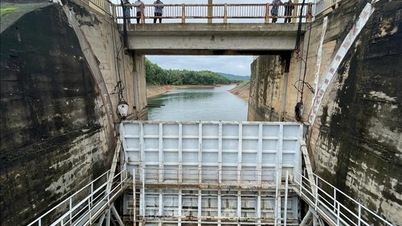
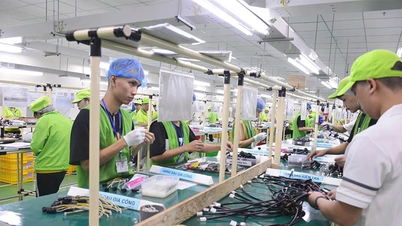



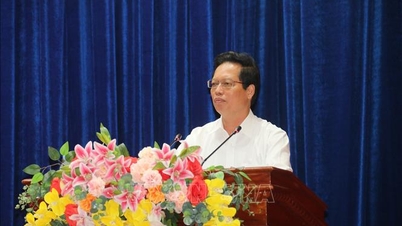
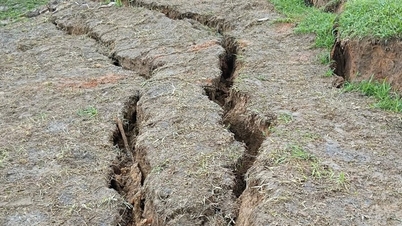



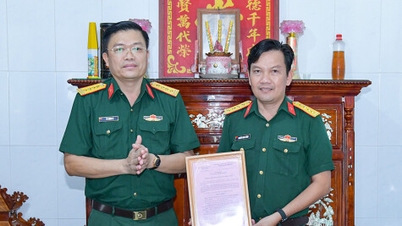



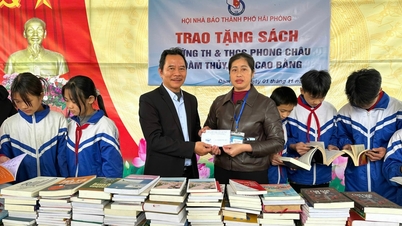







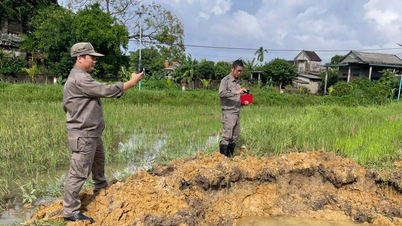

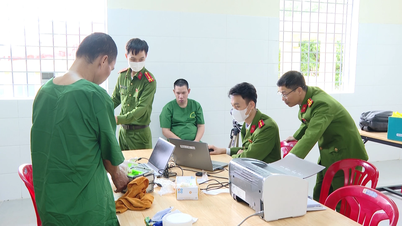





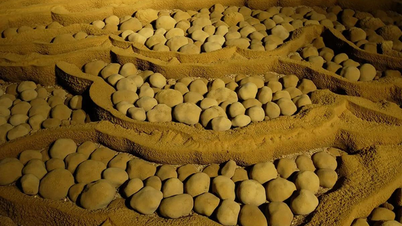

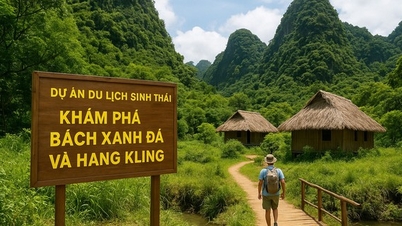




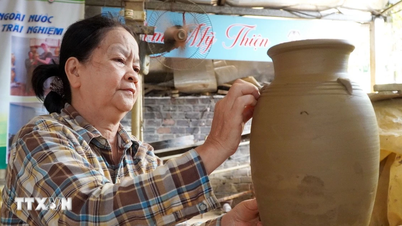





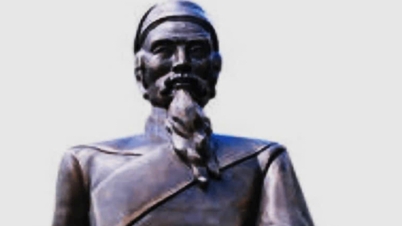

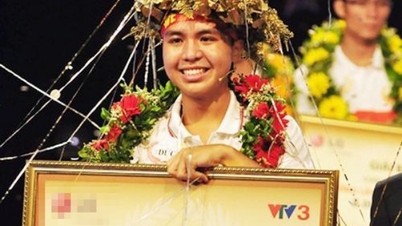






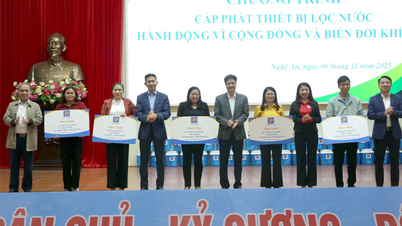



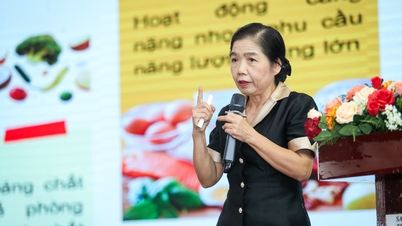


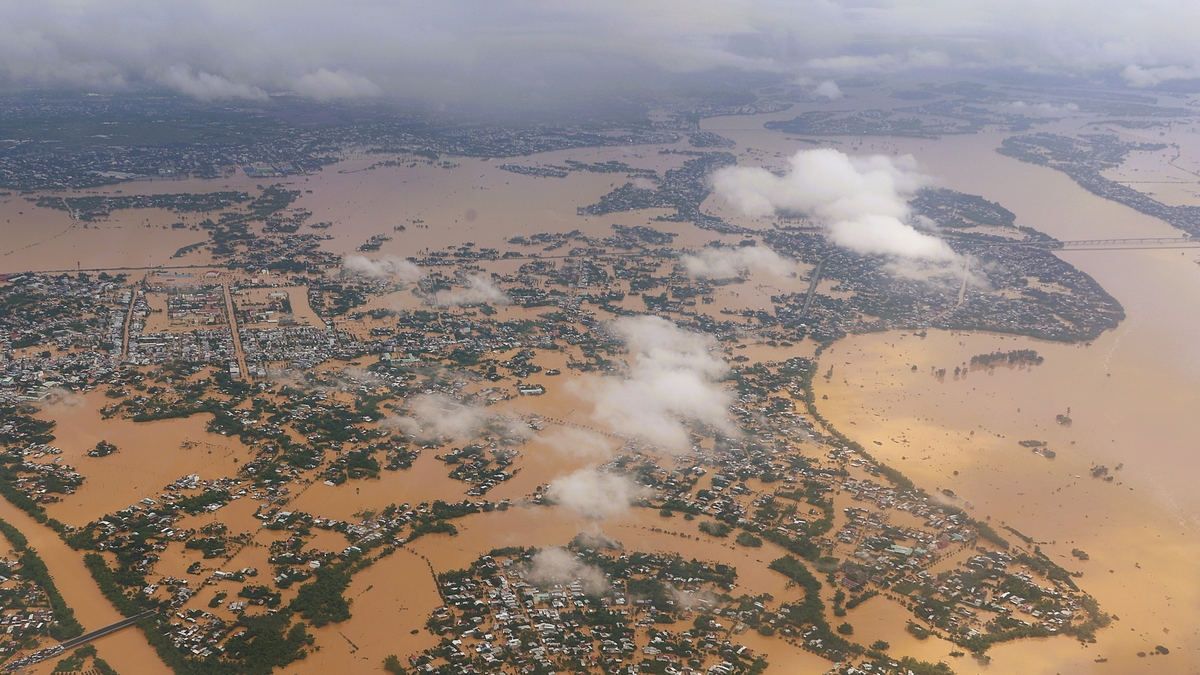



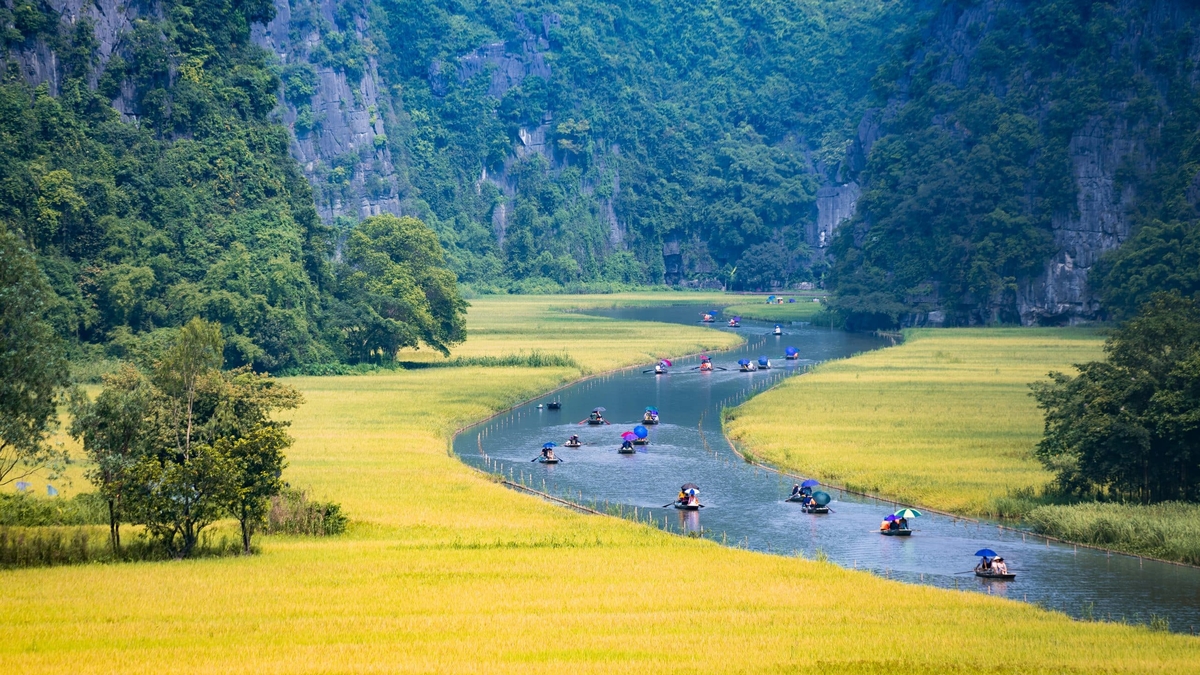
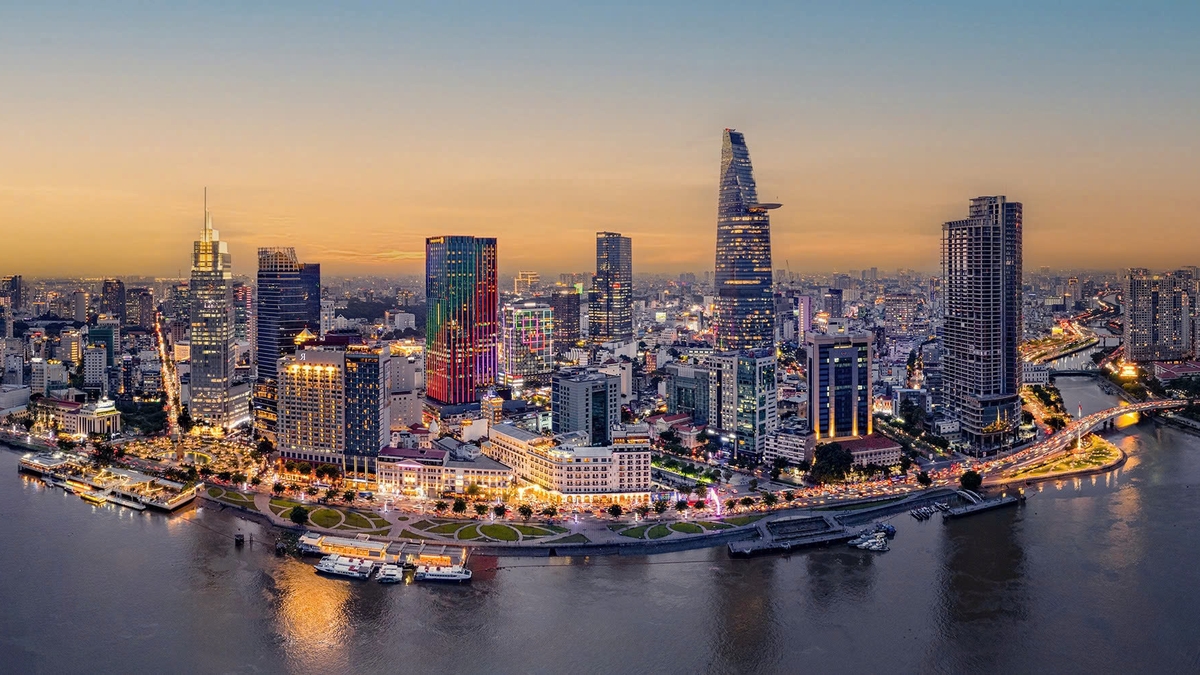
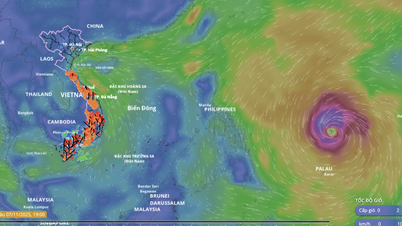




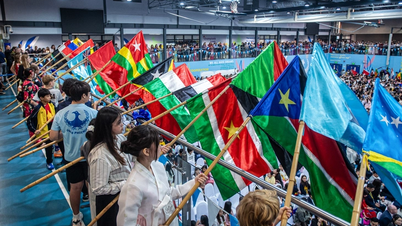

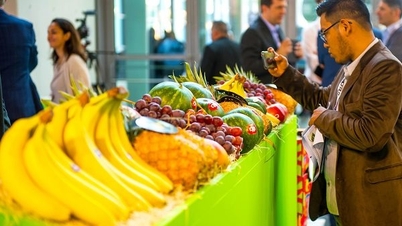


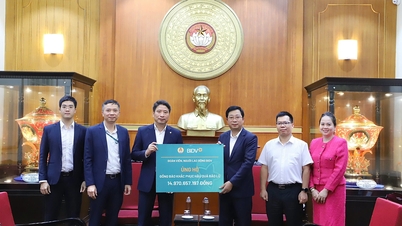


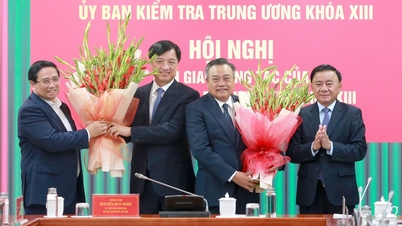
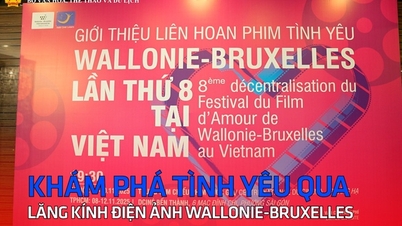























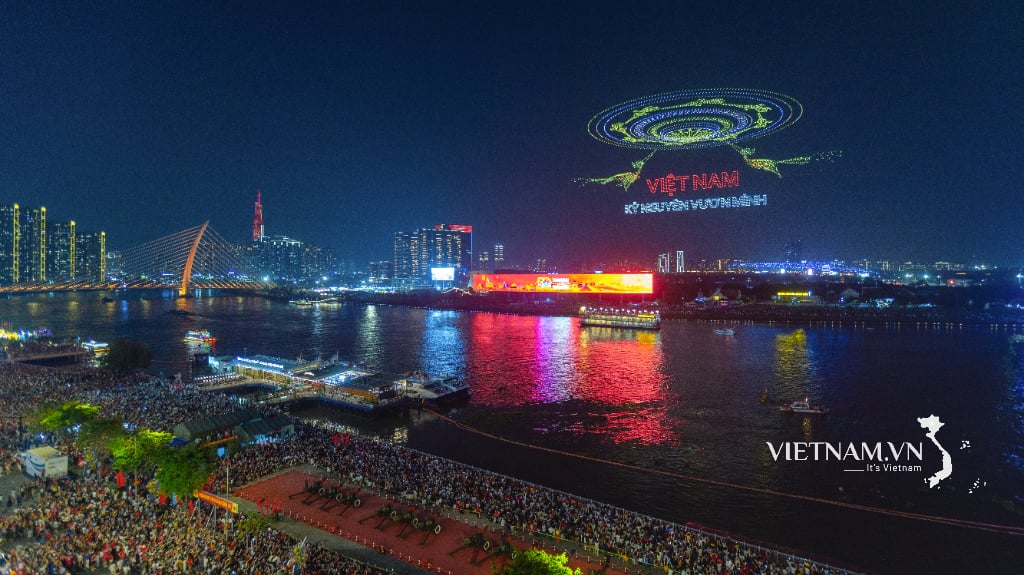
Comment (0)